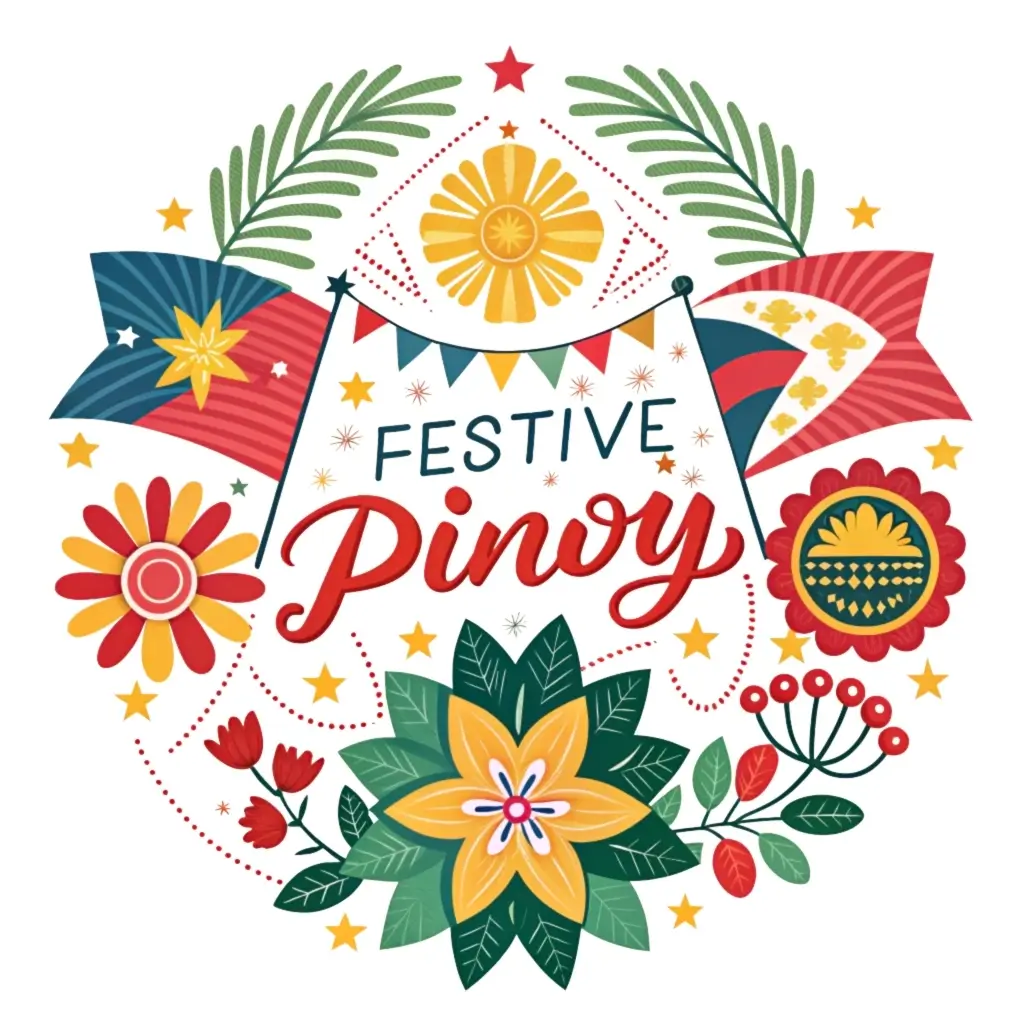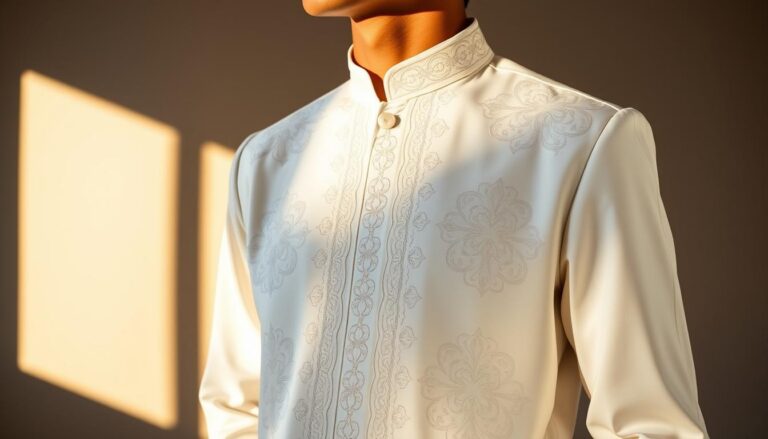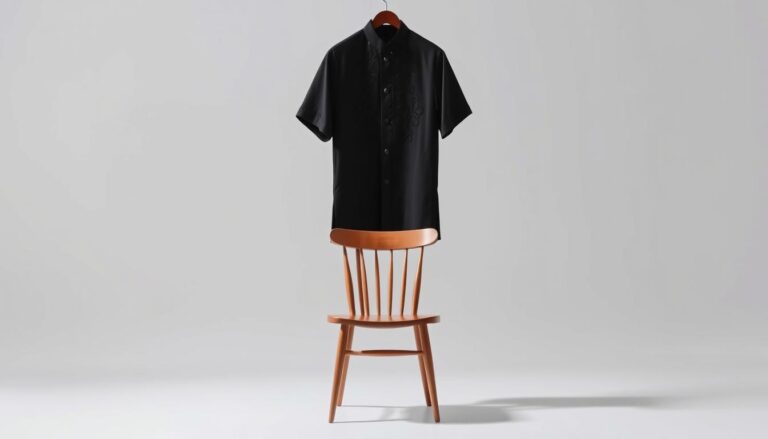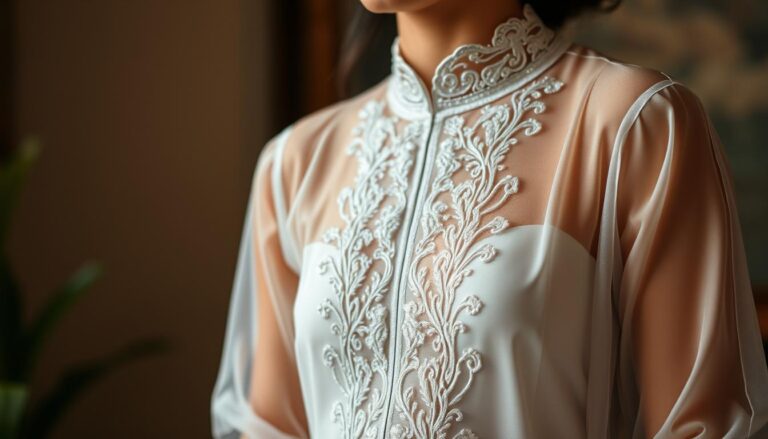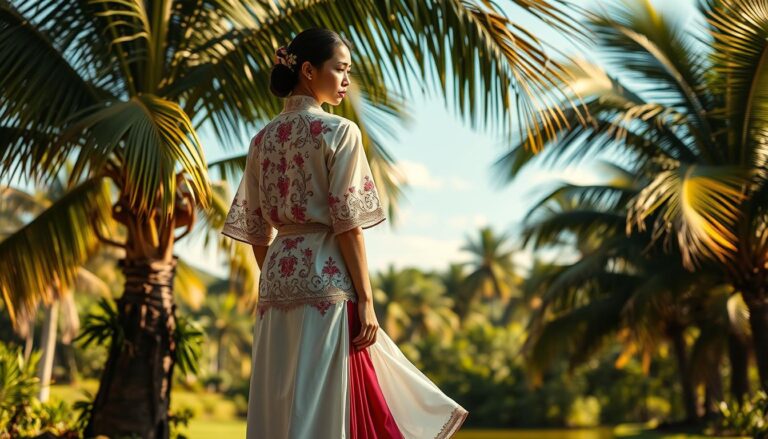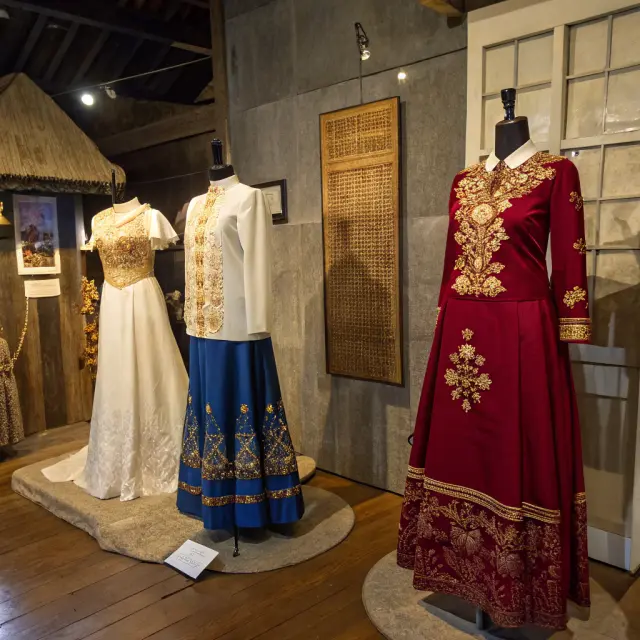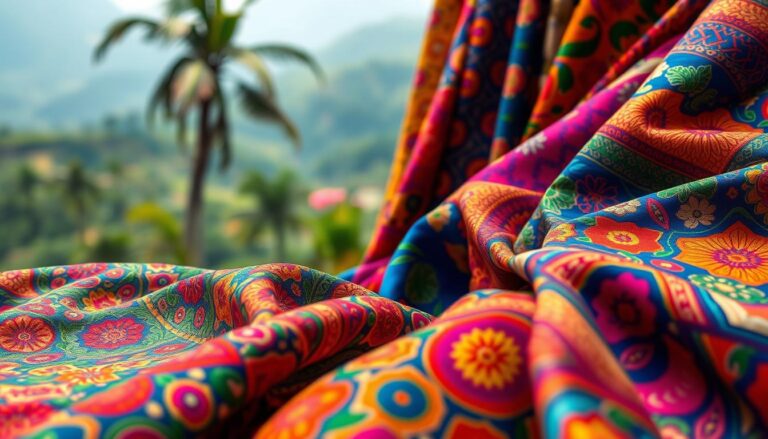The Glamour of Filipiniana-Themed Weddings
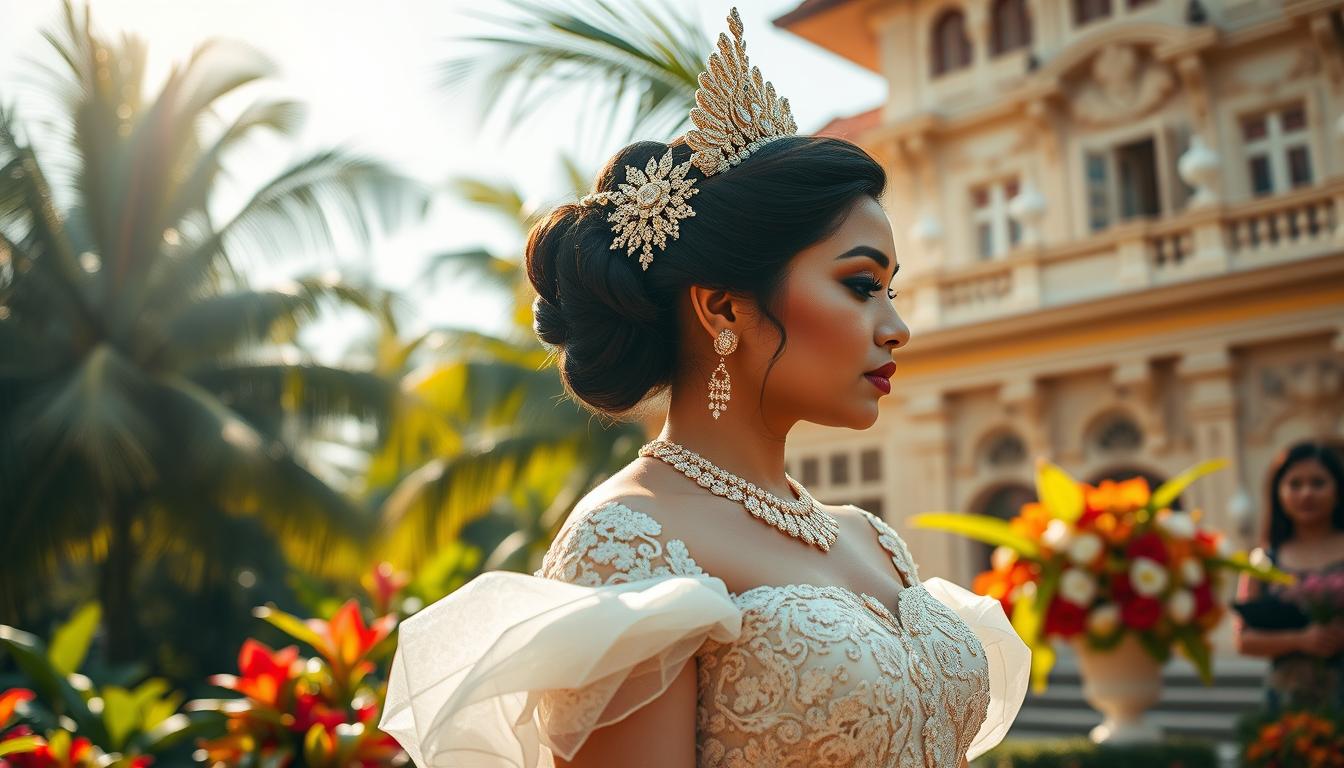
Celebrating love through cultural heritage creates unforgettable moments. A Filipiniana-inspired wedding blends timeless traditions with modern elegance, offering couples a way to honor their roots while crafting a unique experience. From vibrant ceremonies to symbolic rituals, every detail tells a story.
Imagine exchanging vows as the sun dips below a tropical horizon, surrounded by lush gardens or historic ancestral homes. These scenic venues amplify the authenticity of events like the harana (serenade) or rice-tossing rituals. Traditional attire, such as handwoven piña fabric gowns, adds a touch of grandeur for the bride and groom.
Modern twists keep celebrations fresh. Fusion menus mix classic Filipino dishes with contemporary flavors, while décor balances intricate capiz shell designs and minimalist accents. This harmony of old and new ensures the day feels both rooted in history and tailored to personal style.
Beyond aesthetics, these weddings foster deep connections. Rituals like the Yugal veil ceremony or exchanging Las Arras (13 coins) symbolize unity and shared responsibility. Guests leave not just with full hearts but a richer understanding of Filipino culture.
Key Takeaways
- Filipiniana weddings merge cultural heritage with modern elegance for a memorable celebration.
- Iconic rituals like the harana and rice tossing add emotional depth to ceremonies.
- Scenic venues, from beaches to heritage sites, enhance the event’s authenticity.
- Traditional attire, such as piña fabric gowns, honors craftsmanship and history.
- Fusion menus and décor balance classic symbolism with contemporary trends.
The Glamour of Filipiniana-Themed Weddings
Filipino weddings shine brightest when tradition takes center stage. Couples weave ancestral customs into their wedding day, creating moments that resonate with emotional depth. These practices aren’t just symbolic—they bridge generations, turning ceremonies into living tributes.
Embracing Cultural Heritage
Imagine the groom’s heartfelt harana, a serenade echoing courtship traditions of old. This gesture, performed with live guitar music, transforms the reception into a nostalgic journey. Similarly, the Yugal veil and cord ritual drapes the couple in unity, symbolizing ancestral blessings.
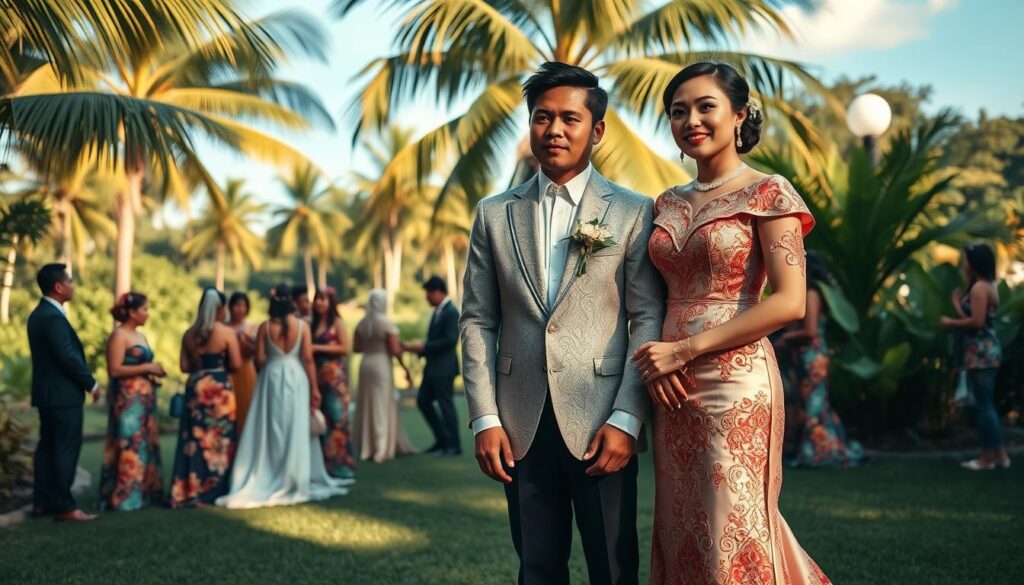
Elegant Traditions and Timeless Symbolism
Thirteen Las Arras coins exchanged during vows highlight mutual commitment. Each coin represents shared responsibility—a custom passed down for centuries. For the bride, wearing a hand-embroidered terno gown isn’t just fashion. It honors craftsmanship rooted in Filipino identity.
Guests often recall how these rituals deepen their connection to the celebration. One couple incorporated ancestral heirlooms into décor, blending gold-leaf capiz lanterns with modern floral arrangements. Such options let families showcase pride through subtle, meaningful touches.
Choosing a traditional Filipino theme invites creativity. From heirloom jewelry to fusion menus featuring adobo-inspired appetizers, every detail becomes a conversation starter. The result? A filipiniana wedding that feels both deeply personal and universally enchanting.
Incorporating Tradition and Modern Elegance
Blending heritage with contemporary flair transforms weddings into cultural masterpieces. Couples today reimagine time-honored customs through fresh perspectives, ensuring ceremonies feel both rooted and relevant. This balance creates a wedding day where every detail whispers history while shouting personal style.
Filipino Nuptial Rites and Symbolism
Thirteen Las Arras coins clinking into the bride’s hands symbolize shared prosperity. This ritual, dating back to Spanish colonial times, remains a cornerstone of traditional Filipino ceremonies. The Yugal veil draped over couples represents unity, while cord loops signify lifelong bonds.
Creative Adaptations for Contemporary Celebrations
Modern barong designs swap stiff fabrics for breathable jusi silk, cut into sleek silhouettes. Grooms pair these with tailored pants instead of traditional sandals. For dress options, brides choose gowns like the Jade Barong Mestiza—a piña fabric masterpiece blending butterfly sleeves with a mermaid hem.
Bridal Fashion: From Terno to Modern Gowns
The iconic terno evolves with off-shoulder necklines and minimalist embroidery. Designers preserve cultural markers like capiz shell accents but streamline silhouettes for dance-friendly receptions. Heirloom jewelry adds vintage charm, while photos capture how guests react to these wearable stories.
Venues become stages where heritage meets innovation. A beachside rice-tossing ritual feels just as authentic as one in a ancestral home when paired with digital guestbooks. These ideas prove tradition thrives through thoughtful reinvention.
Planning Your Dream Wedding Venue & Decor
Choosing the perfect setting transforms a wedding into a cultural journey. Venues steeped in history or natural beauty amplify the Filipiniana theme, creating spaces where tradition and personal style converge. Start by prioritizing locations that mirror your story—whether a heritage estate or a sunlit garden.
Selecting a Scenic and Meaningful Venue
Heritage sites like Palacio de Memoria offer Art Deco ballrooms and lush gardens, blending cultural depth with flexibility. Beachfront venues add tropical charm, while ancestral homes provide intimate backdrops for rituals. Consider capacity and exclusivity: spaces like El Pabellon del Jardin accommodate both cozy gatherings and grand receptions.
For the groom, venues with architectural details—like terrazzo floors or Venetian-inspired halls—complement barong attire. One couple paired a groom’s jusi silk barong with a venue’s vintage staircase, creating photos that felt timeless yet fresh.
Creating a Visual Collage for Inspiration
A mood board anchors your vision. Collect images of capiz lanterns, floral arrangements, and dress fabrics like piña cloth. “Our collage included the venue’s fountain and my gown’s embroidery,” shares a bride who married at a heritage estate. This idea helps designers weave elements like glass décor or DIY touches into cohesive tablescapes.
Balance modern trends with tradition. Clear tents draped in abel Iloko textiles or reception tables topped with heirloom china tell layered stories. Collaborate with planners to ensure every detail—from food displays to aisle markers—feels authentically Filipino yet uniquely yours.
Conclusion
A Filipiniana-inspired celebration weaves cultural pride into every moment. By blending ancestral customs with fresh wedding trends, couples craft an event that honors history while reflecting personal flair. From the groom’s crisp barong to the bride’s embroidered dress, fashion choices become storytelling tools.
Choosing a venue that honors heritage while fitting modern tastes ensures photos capture timeless elegance. Reception menus balancing adobo and fusion desserts delight guests, proving tradition thrives through reinvention. Thoughtful planning turns symbolic rituals—like coin exchanges—into heartfelt highlights.
Every detail matters. Heirloom jewelry adds depth to bridal looks, while digital guestbooks modernize ancestral blessings. These theme elements create weddings where culture feels alive, not archaic.
Your day can achieve this balance. Start by selecting meaningful things: a venue with history, attire with craftsmanship, rituals with emotional weight. Let creativity guide how you merge old and new—there’s no single way, only what resonates.
A well-executed Filipiniana wedding leaves lasting impressions. It’s more than an event; it’s a bridge between generations, dressed in tradition’s beauty and tomorrow’s possibilities.
